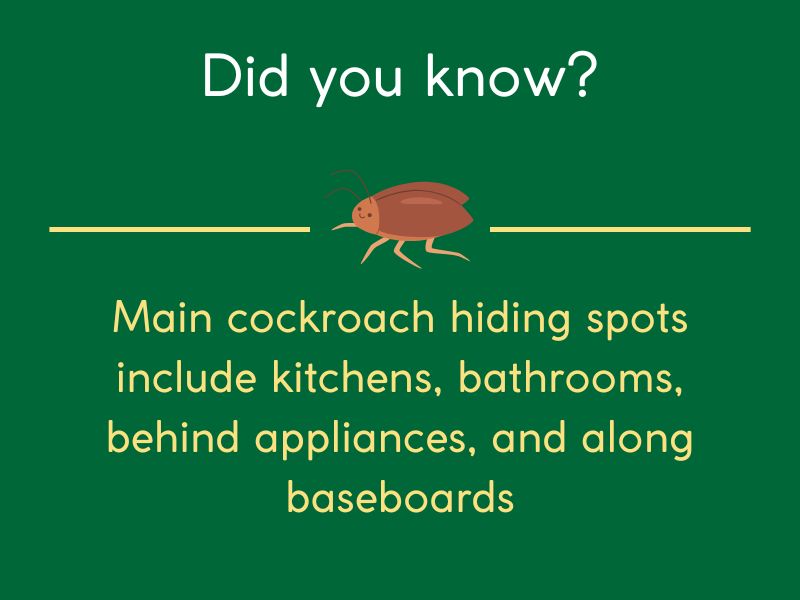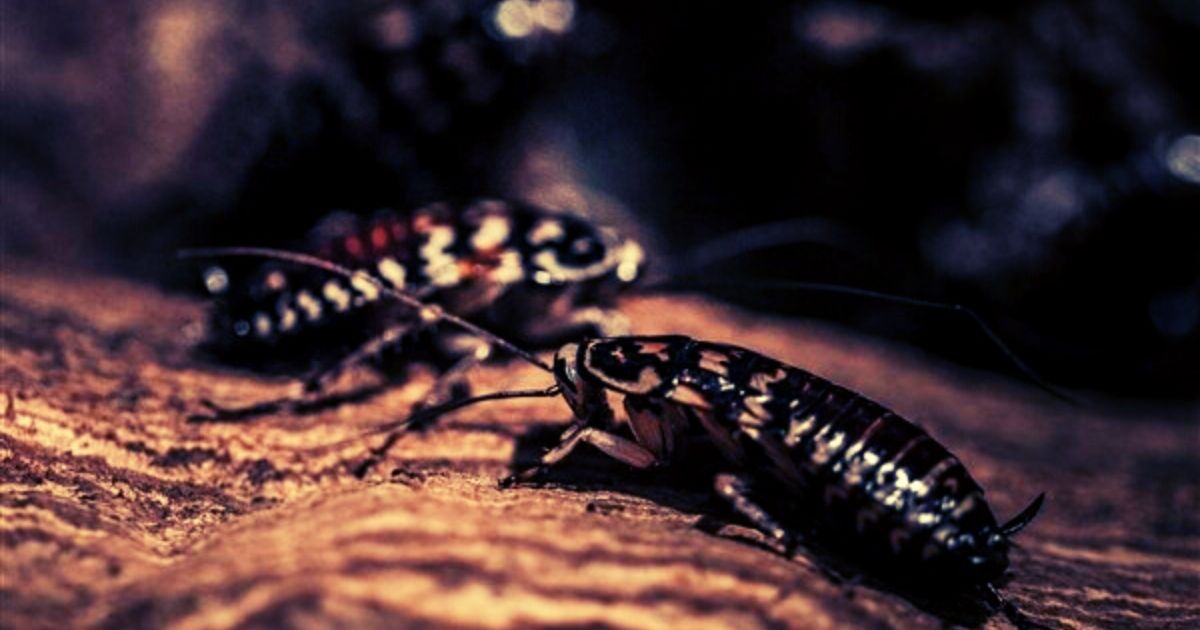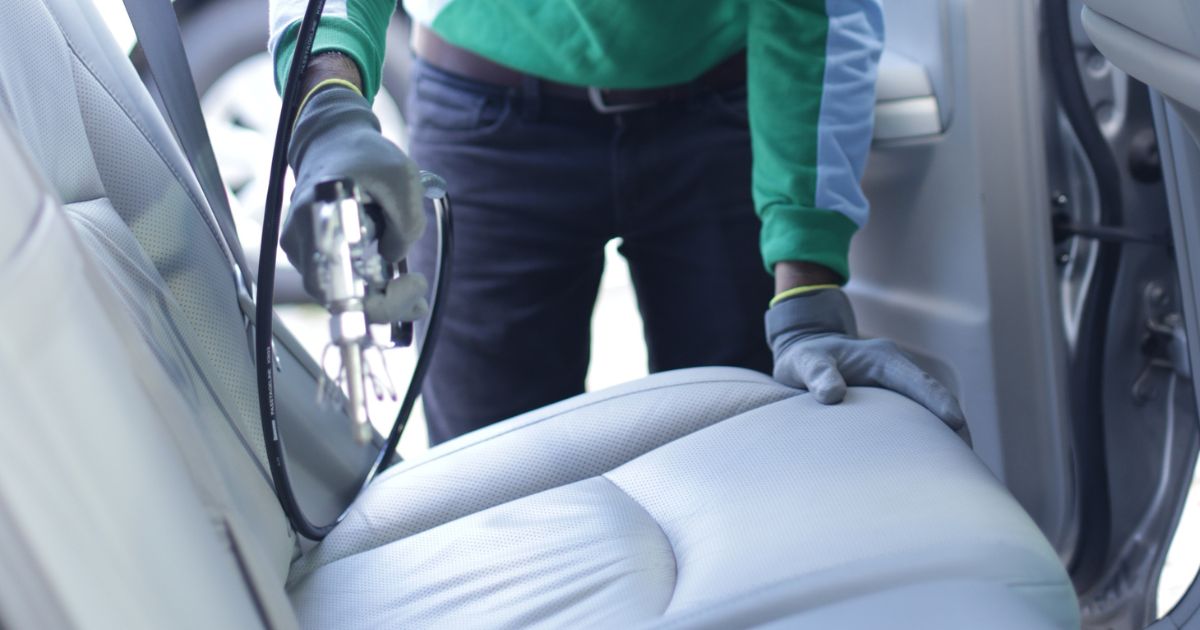Do Cockroach Traps Work? Ways to Trap Cockroaches Effectively

Cockroach traps are a useful tool when dealing with cockroach infestations. These devices come in various forms, from sticky traps to baits, aiming to capture unwelcome guests. Understanding how cockroach traps work is crucial in removing these pests effectively.
What Are Cockroach Traps?
Cockroach traps are devices designed to attract and capture cockroaches. They come in two types: adhesive traps and bait traps.
How Do Cockroach Traps Work?
Adhesive traps have sticky surfaces that trap cockroaches and prevent them from moving upon contact. They are placed strategically in areas where cockroaches are seen frequently.
Bait traps, on the other hand, attract cockroaches with a mix of food and insecticide. They will consume the bait, return to their hiding spots, and eventually perish, often eliminating other cockroaches through secondary transfer of the insecticide.
Do Cockroach Baits and Traps Work?
Cockroach traps can be somewhat effective, but their efficiency varies based on factors like the type of trap, placement, and the extent of infestation.
Cockroach traps are more effective in dealing with smaller infestations when there’s no source of breeding. While they might reduce the population initially, they might not entirely eradicate a large infestation. Cockroach traps don’t deal with the root cause of the infestation.
Traps work better for smaller spaces, where you can identify risk areas and place the traps accordingly. Sticking plenty of traps in a larger space with more severe infestation won’t be as effective.
It is also worth remembering that over time, the effectiveness of traps might diminish as cockroaches adapt to the bait or develop resistance to certain insecticides. That’s why it is important to change or rotate baits regularly.
Pro Tip: Don’t forget to regularly change or rotate baits to maintain cockroach traps’ effectiveness.
How to Use Cockroach Traps Correctly
For cockroach traps to work it is important to place them strategically. Placing traps in spots with high roach activity can help you identify the cause of the infestation or the infested areas.
Main spots include kitchens, bathrooms, behind appliances and along baseboards. When placing traps, ensure they are not obstructed and are placed where roaches can easily access them.

DIY Cockroach Traps
Besides commercial products, you can try using DIY cockroach traps along with other cockroach prevention methods. Homemade cockroach traps offer a cost-effective alternative for managing infestations. Here are some homemade methods you can try using simple materials like duct tape, bottles or jars:
Method 1: Duct Tape Trap
- Place a piece of duct tape sticky side up near cockroach hotspots.
- Put a small amount of solid food (bait) in the center of the duct tape. You can try using onions or anything with strong scents.
- The sticky tape will trap the cockroaches when they try to reach the bait.
Method 2: Jar Trap
- Create a way for cockroaches to climb inside the jar, for example by wrapping it with duct tape.
- Coat the inside of the jar with petroleum jelly so that cockroaches can’t get out of it.
- Place bait at the bottom of the jar – again, this can be something smelly like onion or overripe fruits.
- Place the jar where cockroaches are spotted. The cockroaches will be attracted in by the bait but won’t climb out due to the slippery jar interior.
Method 3: Bottle Trap
- Leave a small amount of red wine or a sweet liquid in the bottle.
- Spread cooking oil or petroleum jelly inside the top of the bottle.
- Place the bottle where cockroaches are present. Cockroaches will be attracted by the scent, climb in, slip on the oil, and get trapped.
Some additional tips include:
- Experiment with bait options like onion, fruit, or sweet liquids to see what works best in your situation.
- Dispose of trapped roaches by drowning them in hot water or releasing them far from your home.
Always be cautious when handling pests and consider consulting professionals for severe infestations.
Cockroach Trap Removal
Once traps have captured cockroaches or the replacement time has come, safely dispose of them by sealing them in a plastic bag before discarding. For adhesive traps, avoid touching the sticky surface directly.
The Ultimate Guide to Cockroach Prevention, Treatment and Control in Singapore

The Problem with Cockroach Traps
When placed in the right way, cockroach traps can still help homeowners deal with pest infestations and achieve some results. However, it is not as effective as the results from professional pest management services.
Cockroach traps have certain limitations and can only catch a few insects at a time. They are a good tool to identify and monitor infestations and can help to reduce visible pests, but they don’t deal with the root cause of it.
If you find cockroaches in your home, it is best to contact a pest management professional to discuss how to handle the infestation. Combining traps with proper sanitation, preventive DIY measures and targeted pest control methods can help to eliminate the infestation completely.
Author: Soleha Nisaa
Frequently Asked Questions
Yes, homemade cockroach traps are a cost-effective alternative. You can try different methods using duct tape trap, jar or bottle trap with different bait options.
Safely dispose of captured roaches by sealing them in a plastic bag before discarding. For adhesive traps, avoid direct contact with the sticky surface.
While cockroach traps can remove some cockroaches, they might not eliminate a large infestation entirely. They are more suitable for smaller spaces.
Adhesive traps are generally safe, but bait traps contain insecticides. It is also important to follow instructions and keep them out of reach of pets and children.






